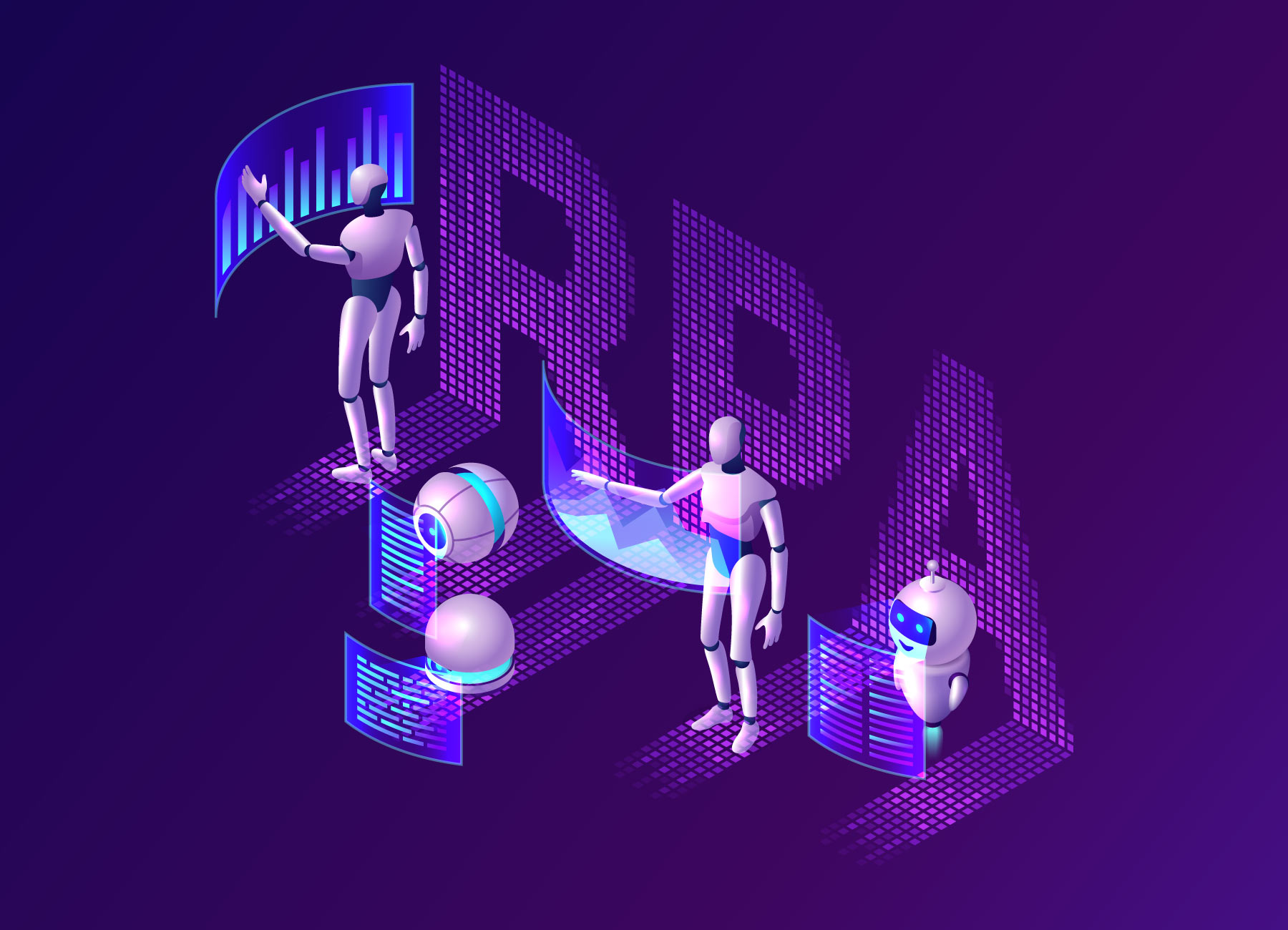Do you know the biggest revolution happening in the business processes? It’s automation! Robotic automation is currently the most popular AI application area. In fact, many businesses are speedily adopting RPAs to automate their tedious and mundane tasks. This will free the workforce from repetitive tasks and involve them in higher-value work.

The demand and consumption of RPA in global enterprises is continuously increasing. Here’s what the statistics are indicating:
Gartner reports, RPA Is the fastest growing area for businesses across the globe. In fact. Experts believe that near to 85% of organizations will deploy RPA in some form or another.
Deloitte states conducted a survey that revealed around 53% of respondents have already implemented some form of RPA in their businesses. Experts believe that this number will rise to around 72% by 2020.
The numbers indicate a growing demand and supply in the RPA market. Clearly, businesses are seeing RPA as the most efficient way to optimize their resources and boost revenue.
So it’s important to understand RPA in detail to reap its benefits. We have compiled a short guide to answer all your queries related to RPA. The applications, tools, working, and what is the future of this technology. So scroll down to understand the ins and outs of RPA before implementing it for your business.
What is RPA?
RPAs are software robots that are designed to do the work that humans do. The bots work with precision, quality, and finish the tasks quickly. Also, these software robots can work for hours without taking a break. There are many RPAs deployed in many routine operations. Businesses are automating their copy-paste and data entry kind of tasks. This includes work like scraping the data and submitting it in excel sheets, filling forms, etc. Not just automation, lately, RPA is combined with emerging technologies like AI and machine learning to explore new work possibilities. This has boosted the demand for RPAs in the digital business space more than ever.
How does RPA exactly work for businesses?
RPA has been deployed in business domains for the last many decades. But recently, the use and benefits of this technology have increased. The rise has seen especially during the covid-19 pandemic when the whole world has come to a halt. Robots have been working round the clock to meet the ends. RPA is no longer a tool known for automation processes of mundane, repetitive tasks. With the changing times, RPA is maturing. By merging RPAs with technology like artificial intelligence and machine learning, RPA is exploring new possibilities.
It’s important to bring a team of talented Robotic Process Automation Developers on board to reap the most benefits. Businesses can utilize RPA in multiple ways. It’s important to analyze which process needs automation. This is where strategy begins; otherwise, there’s no use to automate a process just for its sake. We at zazz, understand your business model and analyze the areas that need automation. It’s good to implement RPA slowly and resolve the issues that often come with any new implementations.
RPA Applications in Businesses
Businesses can implement RPA in multiple ways. Research suggests that near 70% to 80% of tasks can be automated in business with RPA tools. Many industries are successfully operating with RPA technology applications.
RPA Tools to automate the work processes
The automation process has improved significantly in recent years with RPA tools. The market is filled with dozens of RPA tools with varying strengths. However, it’s not a good decision to implement any RPA tool by just studying the features. There are many tools in the market. So it’s important to decide which one works best for your business. The good way is to focus on the problem that your business is facing. Analyze which tool can solve your problem and bring better results. Once you have understood the problem and analyzed the available solutions, it’s time to consider the characteristics of the tool. For instance, look for features like single platform architecture, AI functionality, analytics, user-friendliness, maintenance, and support features, etc.
Today, the market is full of many RPA tools like Blue Prism, work fusion, and many others. We at zazz can help you choose the right tool for your business that provides the right solution to your business problem. Over the years, our mobile app developers have helped many businesses with RPA functionality.
What is the future with RPA implementation?
Automation is going to be the future. However, based on the current trends and developments, we have brought a cohesive picture to help businesses understand the future with RPA.
- RPA will be combined with AI: The use of RPA with AI is already on the rise. The future will be dominated by more such trends. RPA is not just an automation tool. By merging the tool with technologies like Intelligent automation, RPA will open up many new opportunities.
- The demand for automation will increase. Despite the growing fear of job insecurity due to automation, its demand will increase. Businesses are looking for efficient technology to boost their sales and profits. This is where automation will play a crucial role. Businesses will reap successful benefits with RPA and AI technologies.
New kind of workforce: Automation will challenge the workforce drastically. As most of the tedious and time consuming jobs are taken up by the robots, employees will be shifted to higher productivity jobs. This will bring a new digital workforce that will align and complement the human workforce.
That’s it on RPA, and it’s application. We at zazz, have experts who can help you out with RPA in detail. If you want to speed up your business process and boost the revenue, it’s time to implement RPA. So let’s discuss your project and business goals to reap the most benefits with this development.
Recent Articles
Zazz.io Recognized as a Top Mobile...
When it comes to mobile app development and digital transformation...
Impact Of Google Bard on Mobile...
Artificial Intelligence has caused an irreplaceable disruption in almost every...
Cost of Building a Real Estate...
100 million+ homes listed in some of the most preferred...










